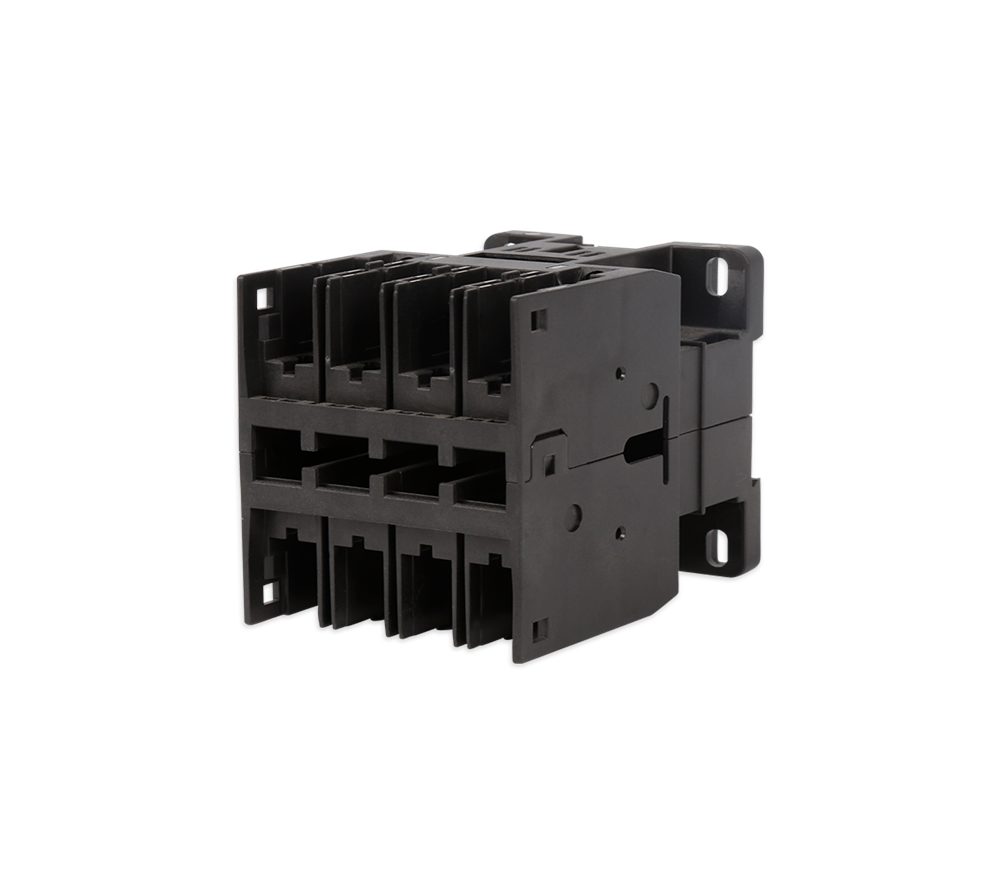Time:2024-09-13Views:1
Plastic injection parts play a crucial role in various industries, offering a wide range of benefits and applications. These parts are created through the process of plastic injection molding, a highly efficient and versatile manufacturing method.
The importance of plastic injection parts cannot be overstated. They are used in a multitude of products, from everyday consumer goods to complex industrial components. In the automotive industry, plastic injection parts are found in dashboards, interior trim, and engine components. In the electronics sector, they are used in casings for smartphones, laptops, and other devices. In the medical field, plastic injection parts are used for syringes, medical implants, and diagnostic equipment.

One of the key advantages of plastic injection parts is their precision and consistency. The injection molding process allows for the creation of complex shapes with tight tolerances, ensuring that each part is identical in size and shape. This is essential for products that require a high degree of accuracy and reliability, such as medical devices and aerospace components.
Another benefit of plastic injection parts is their durability. Plastics can be engineered to have specific properties, such as strength, toughness, and resistance to heat, chemicals, and impact. This makes them suitable for a wide range of applications, from harsh industrial environments to consumer products that are subject to wear and tear.
Plastic injection parts also offer design flexibility. The injection molding process allows for the creation of parts with intricate details, undercuts, and thin walls. This enables designers to create innovative and aesthetically pleasing products that meet the specific needs of their customers. Additionally, different colors and finishes can be applied to plastic injection parts, further enhancing their visual appeal.
The materials used for plastic injection parts are also diverse. There are a wide variety of plastics available, each with its own unique properties and characteristics. Some common plastics used for injection molding include polyethylene, polypropylene, polystyrene, and ABS. These materials can be selected based on the specific requirements of the application, such as strength, flexibility, heat resistance, and chemical resistance.
In addition to their functional benefits, plastic injection parts can also contribute to environmental sustainability. Many plastics are recyclable, and the injection molding process can be optimized to reduce waste and energy consumption. Additionally, lightweight plastic parts can help to reduce the overall weight of products, leading to improved fuel efficiency and reduced carbon emissions.
However, the production of plastic injection parts also presents some challenges. One of the main challenges is the high cost of tooling. The molds used for injection molding can be very expensive to design and manufacture, especially for complex parts. Additionally, the process requires a significant amount of energy to heat and melt the plastic, which can contribute to higher production costs.
Despite these challenges, plastic injection parts remain a popular choice for manufacturers due to their many advantages. As technology continues to advance, the injection molding process is becoming more efficient and cost-effective, further expanding the applications of plastic injection parts.
In conclusion, plastic injection parts are an essential component of many products across various industries. Their precision, durability, design flexibility, and environmental sustainability make them a valuable choice for manufacturers. With continued innovation and improvement in the injection molding process, plastic injection parts will continue to play a crucial role in meeting the evolving needs of the global marketplace.

Provide free proofing service

0755-23244922 / 23400063

7*24 full service

Video live demonstration